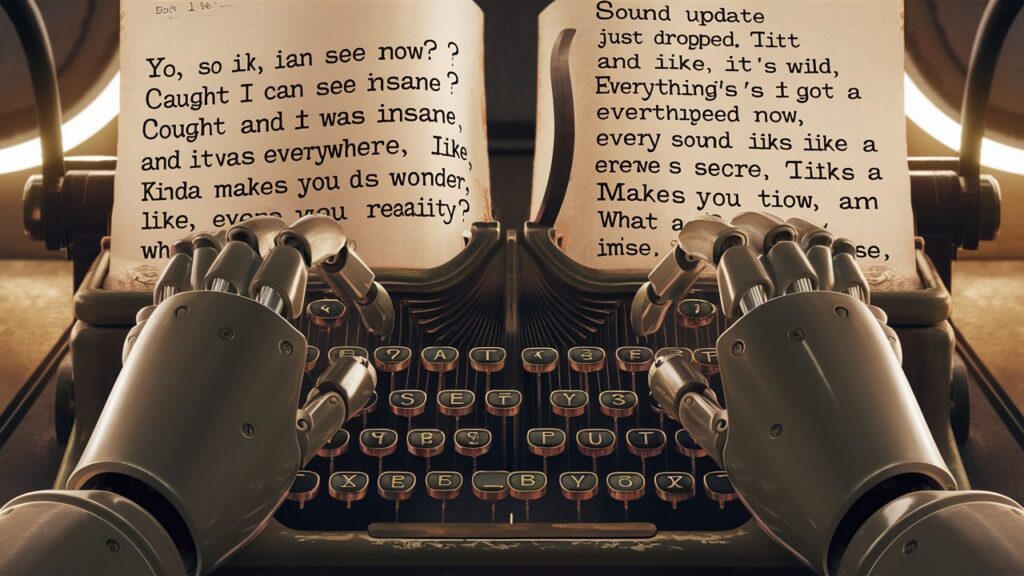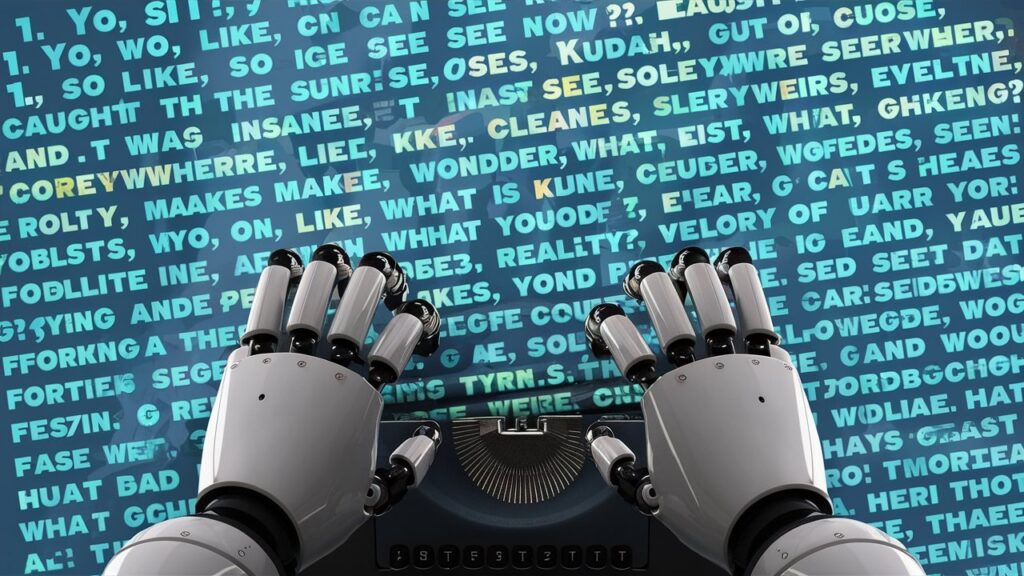GPT-4o: How ChatGPT Integrates Audio, Vision, and Text
GPT-4o, with the “o” standing for “omni,” is a groundbreaking advancement in AI that takes human-computer interaction to a new level. It supports a wide range of inputs and outputs, including text, audio, image, and video, making it a versatile tool for various applications. This blog will break down the capabilities of GPT-4o, its performance improvements, safety measures, and availability, all in simple and easy-to-understand language.
Key Features and Capabilities
Multimodal Inputs and Outputs
GPT-4o accepts any combination of text, audio, image, and video as input and can generate outputs in text, audio, and image formats. This flexibility allows for more natural and intuitive interactions. For instance, it can respond to audio inputs in as little as 232 milliseconds, which is close to human response time in a conversation.
Enhanced Performance
In terms of text and coding tasks, GPT-4o matches the performance of GPT-4 Turbo but stands out significantly in handling non-English languages, vision, and audio understanding. It offers faster processing and is 50% cheaper to use in the API, making it an efficient choice for developers.

Efficiency Improvements
Prior models required separate processes for converting audio to text, processing the text, and then converting it back to audio. GPT-4o simplifies this by using a single neural network to handle all inputs and outputs, preserving more contextual information like tone and background noises. This improvement allows GPT-4o to recognize multiple speakers and express emotions more naturally.
Model Evaluations and Comparisons
Text and Language Processing
GPT-4o achieves GPT-4 Turbo-level performance in text, reasoning, and coding intelligence. It excels in multilingual tasks, demonstrating superior performance in understanding and generating text across different languages.


Audio and Vision Understanding
When it comes to vision and audio, GPT-4o sets new standards. It performs exceptionally well on visual perception benchmarks and audio tasks, making it a valuable tool for applications requiring high accuracy in these areas.
Safety and Limitations
Built-in Safety Measures
Safety is a core focus of GPT-4o. The model includes built-in safety features such as filtering training data and refining its behavior through post-training adjustments. It also incorporates new safety systems for voice outputs, ensuring a safer interaction experience.
Ongoing Safety Evaluations
GPT-4o has undergone extensive safety evaluations, both internally and externally. Over 70 external experts have tested it in fields like social psychology, bias and fairness, and misinformation. These evaluations ensure that the model maintains a medium risk level in various safety categories, including cybersecurity and model autonomy.
Availability and Future Updates
GPT-4o is being rolled out iteratively. Text and image capabilities are available today in ChatGPT, with plans to introduce voice mode in alpha to ChatGPT Plus users soon. Developers can access GPT-4o via the API for text and vision tasks, with support for audio and video capabilities coming soon.
Example
Input
The final poster of the movie “Detective”. This features two large faces, Alex and Gabe, prominently. Alex, on the left, is depicted in a thoughtful pose with a hint of introspection in his eyes. Gabe, on the right, has a slightly wearied expression, possibly reflecting their character’s challenges in the film. The names “Alex Nichol” and “Gabriel Goh” are featured above their heads. The background brick wall is slightly faded and foggy, their expressions are serious and determined, hinting at the investigation they are about to undertake. The tagline for this dark and gritty movie is ‘Searching For Answers’ is shown at the bottom.

References for Further Learning
- OpenAI’s GPT-4 Technical Report
- Multimodal AI: The Future of Human-Computer Interaction
- Understanding AI Safety and Ethics
- The Importance of Multilingual AI
By understanding the advancements and capabilities of GPT-4o, students and beginners can gain insights into the future of AI and its practical applications. This blog aims to provide clear and valuable information to enhance learning and engagement with this cutting-edge technology.